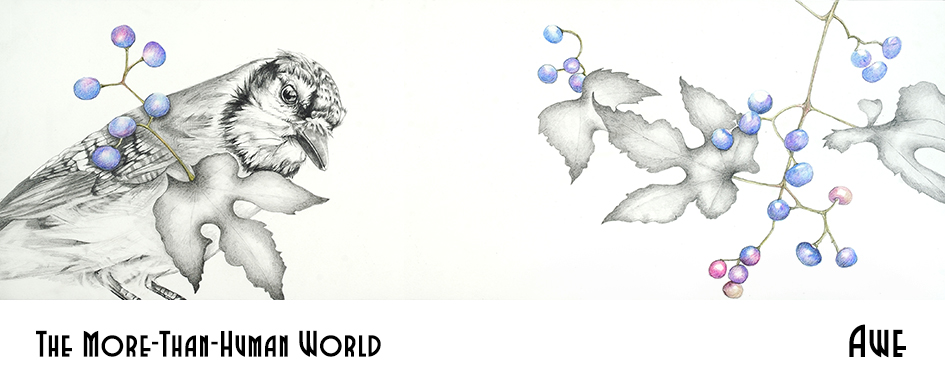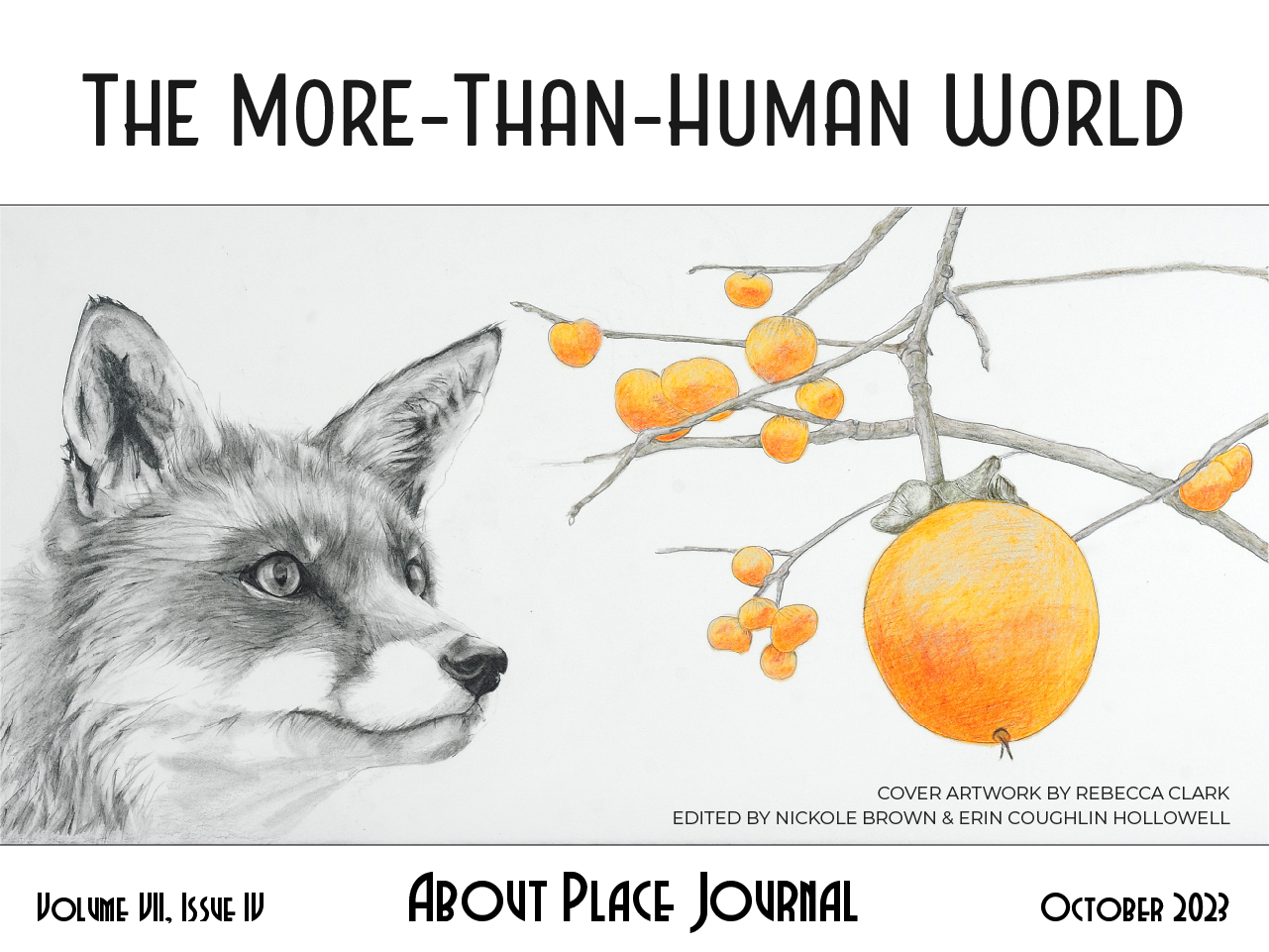to April. Their figures are impeccable,
their waists tiny, their feet all grace; they
are many-colored, yellow and gold,
rust and brown as earth. One, a slender
hunter, is metallic blue-green as the fangs
of the daring jumping spider; another,
brown-striped as water in sunlight,
is house-hunting. Hovering she ponders
this balcony’s rail, checks the ridge
of roof which shades it. Soon she will begin
to build: chewing and shaping a claim
shanty of a few cells, alone at first until
she can raise up daughters (who knows
what they say to each other, their subjects
of waspish gossip). Eventually in her house
there will be many rooms, maybe
with other houses inside those for yet
smaller creatures. Even in this house,
there are rooms I’ve never seen; even
here, all these houses within houses.


